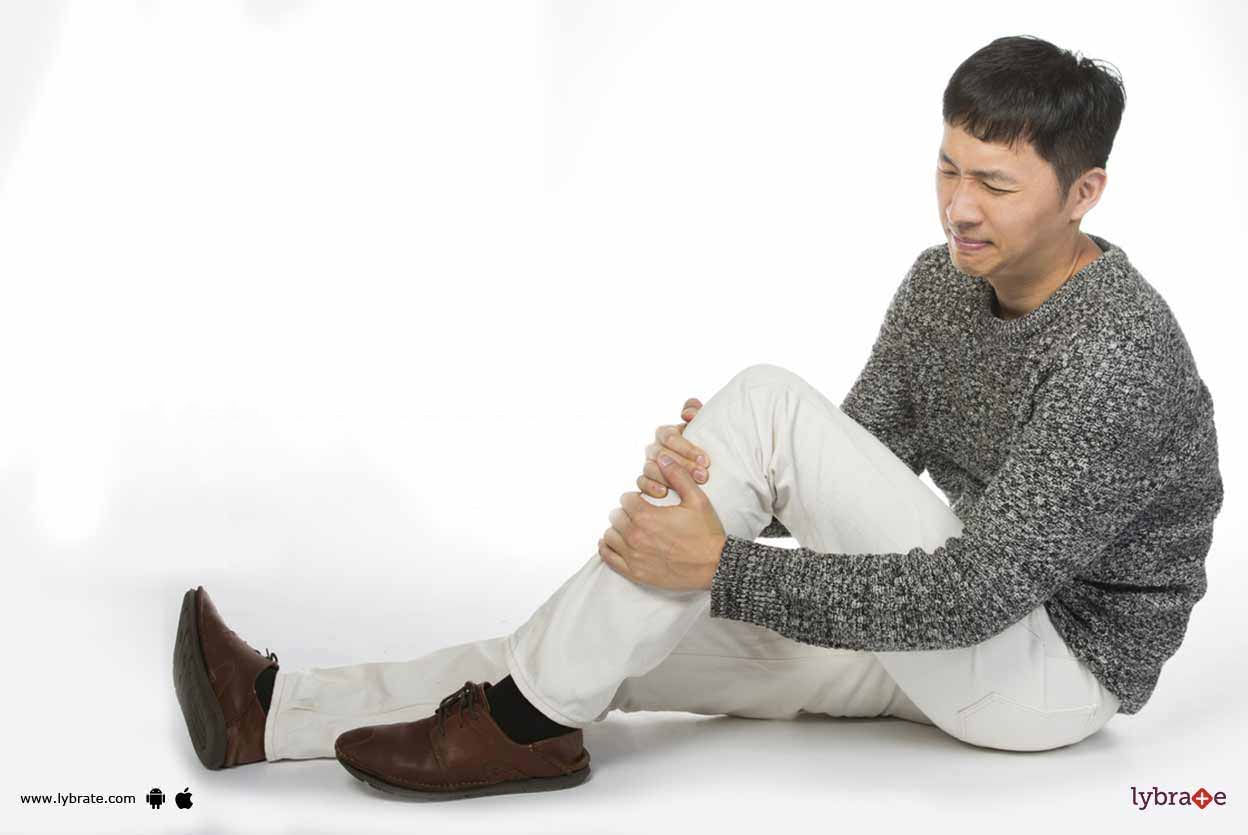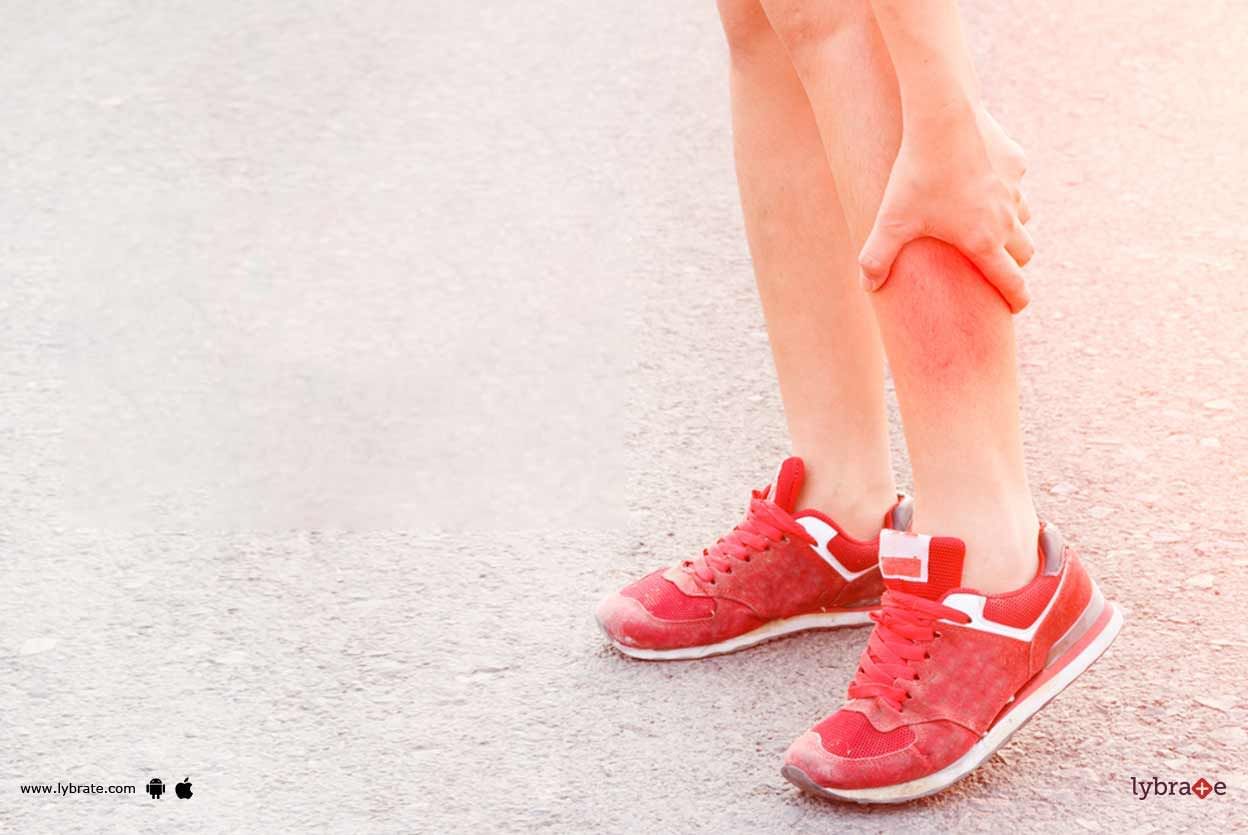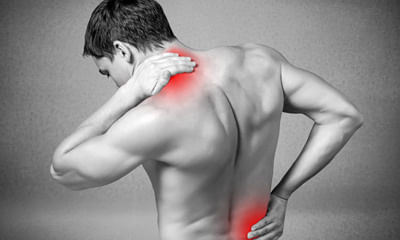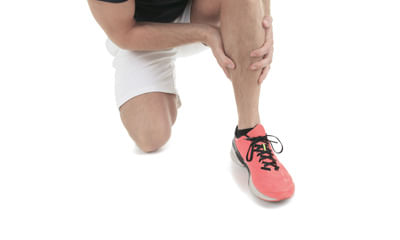Get the App
For Doctors
Login/Sign-up
Health Feed
Find Doctors
Health Packages
AllQ&AsTips
Splinting Health Feed
Health Query
Share
Bookmark
Report
Regards Lybrate user. The pain in the shin area may be due to overworking of your muscles due to incline walking. On an upward incline your foot will have to dorsiflex (that is toes and foot move upwards to clear the ground) more than normal. Repetitive use would make the muscles in front of shin to work harder and does not relax. You may try to reduce to incline activity and do level walking to observe if it really changes your pain (to ascertain the above said probability). You may try to stre...more
316 people found this helpful
Health Query
Share
Bookmark
Report
Asked for male, 19 years old from Jhajjar
Share
Bookmark
Report
Last Updated: 5 years ago• Featured Tip
Share
Bookmark
Report
The shin is the frontal part of the lower leg and runs from slightly below the knee almost all the way to the foot. This area takes a lot of stress during movements such as walking and running and most forms of exercises of the lower body. Any other form of movement where the weight of the upper body has to be transferred to the feet also involves the shin. Thus repeated stresses may sometimes take their toll resulting in shin splints which can be quite painful.
What exactly are shin sp...more
What exactly are shin sp...more
Health Query
Share
Bookmark
Report
If you have leg pain then you have to rule out the causes for having leg pain. First of all check your weight and your haemoglobin levels, as anaemia always leads to the symptoms of being tired and also having leg pain though there are no issues with the knee joint or back pain. If not if the pain radiates down the back of thigh and legs then it might be due to sciatica. Kindly consult the nearby physiotherapist. Hope you recover soon from the leg pain.
22 people found this helpful
Health Query
Share
Bookmark
Report
Last Updated: 6 years ago• Featured Tip
Share
Bookmark
Report
MBBS Bachelor of Medicine and Bachelor o...read more
Orthopedic Doctor•Bhubaneswar
Shin splints' is a condition, which is characterized by pain in the shin bone, the bone that is present in front of the leg. Shin splints tend to occur quite frequently in runners and dancers as their activities tend to stress the shin bone.
Causes: When excess force is applied to the shinbone, it may result in swelling of the muscles, causing pain and inflammation. It may also occur from stress reactions to fractures in the bone. Cracks tend to develop due to constant application of fo...more
Causes: When excess force is applied to the shinbone, it may result in swelling of the muscles, causing pain and inflammation. It may also occur from stress reactions to fractures in the bone. Cracks tend to develop due to constant application of fo...more
Asked for male, 32 years old from new delhi
Share
Bookmark
Report
Asked for male, 18 years old from Hisar
Share
Bookmark
Report
Health Query
Share
Bookmark
Report
Book appointment with top doctors for Splinting treatment
View fees, clinic timings and reviews
Ask a free question
Get FREE multiple opinions from Doctors
posted anonymously




















